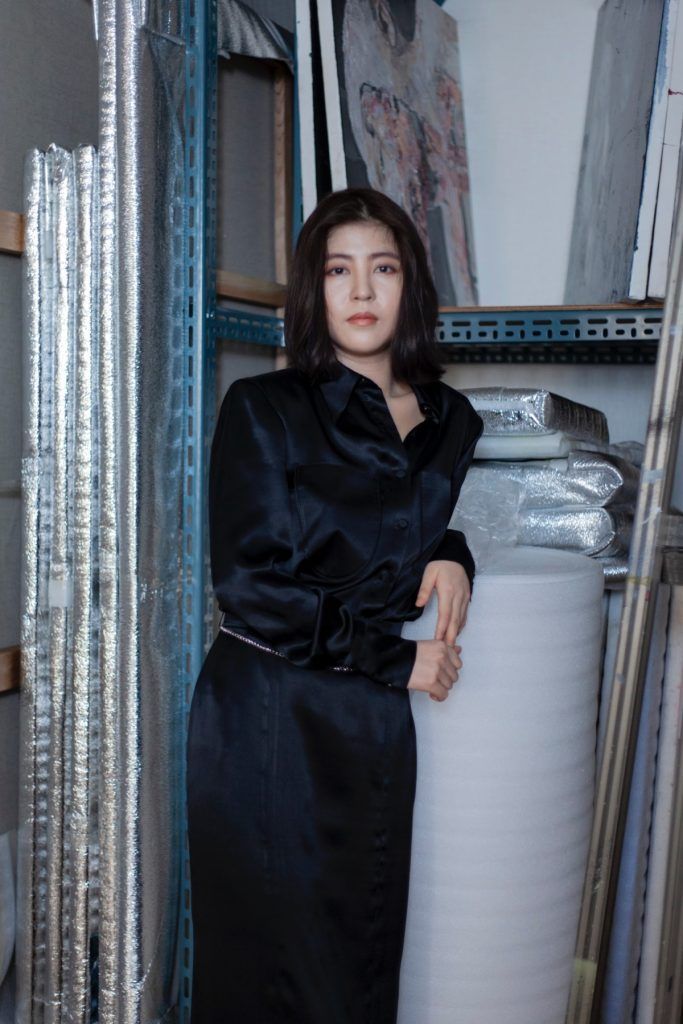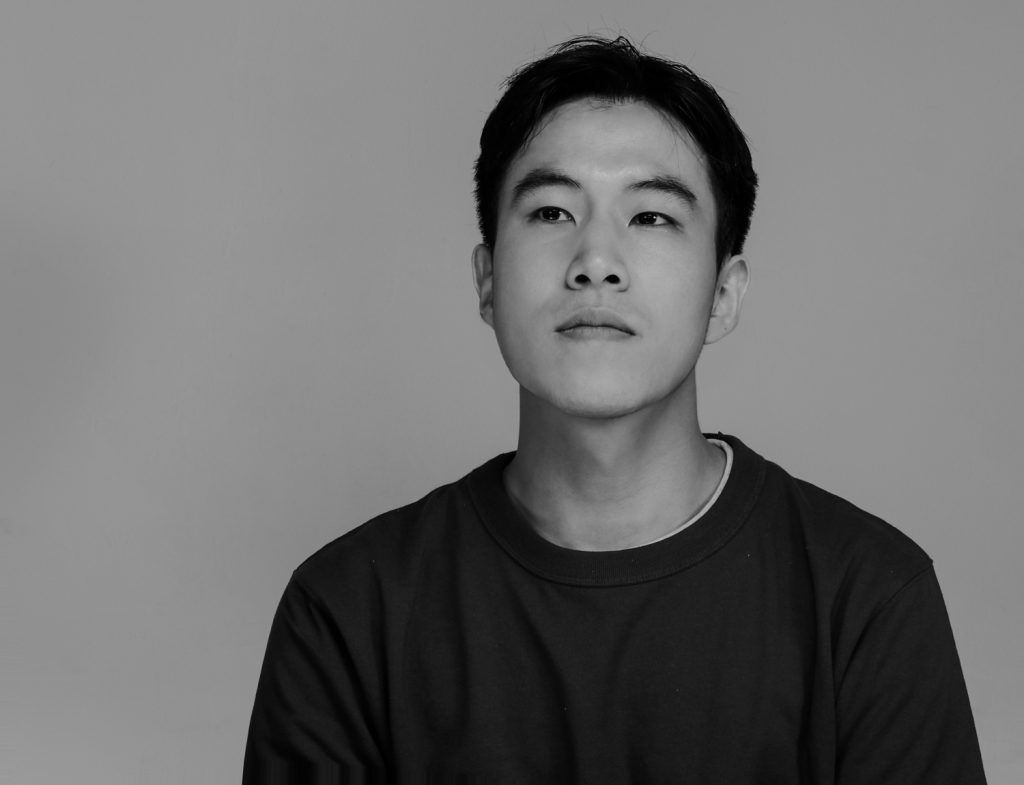Ten artists are competing for three awards in the Kiaf Seoul 2024 Highlights section. We pick four who leave us wanting so much more.
Click here to find out everything you need to know about, Kiaf Seoul 2024, one of the biggest art fairs in Korea.
Xi’an Kim
-

Xi’an Kim, Still Life 314 (2024)
-

Xi’an Kim
“It is primal. As if the mucus of the birth canals of her creation had not dried yet. Her work is strong and beautiful! Naive and dirty at the same time,” says Dutch sculptor Maartje Bos of Xi’an Kim. Kim refers to it as “ethereal ambiance”. Kim takes familiar living things and objects, and transforms them into still-life creations with a texture reminiscent of plastic. “Plastic gives people a very fake but never-fading feeling,” she explains. By distilling the essence and eliminating the extraneous, Kim invites us to contemplate her simplified representation of reality. “Children’s art has a significant influence on my creations,” she says. “Their perspectives are interesting; uncorrected, genuine and strange.” Korean artist Minyoung Kim concurs. “The objects in her work have unique textures. Some are like thick clay, some the smooth texture of ceramic and others like bubble gum. These are all still-life’s on one frame, but the fact they’re flat yet three-dimensional gives me strangely fresh feelings.”
Seo Wonmi
-

Wonmi Seo, When You Stop the Horse (2022)
-

Seo Wonmi
Seo Wonmi, who posted Prestige’s cover of German artist Neo Rauch to her Instagram account in 2019, describes her liking of the “vivid yet faded atmosphere of his paintings”. Not unlike her own. Seo’s early work explored realms of the human psyche, and the interplay of memory, anxiety and trauma. It can feel Francis Bacon-esque, or redolent of Bacon’s friend and fellow painter, Clare Shenstone. Lately, Seo has experimented with abstract ideas through the form of horses, cowboys and language. “I approach the exploration of images with a sense of playful curiosity, carefully layering and experimenting with various elements to capture the diverse range of emotions and physical sensations that I experience when faced with a canvas,” she says. “I began sketching horses as a whimsical idea, and over time I began incorporating cowboys. Amid a realm brimming with polished and believable entities, a cowboy, emerging through happenstance and error, possesses the ability to traverse any corner of the pristine canvas.”
Cheolgyu Kang
-

Cheolgyu Kang, Enemy (2023)
-

Cheolgyu Kang
Strongly influenced by the fictional nature of literature and film, Cheolgyu Kang’s work skilfully captures the essence of his inner world through his artistic landscapes. As such, his work functions mostly as a self-projection. One of his paintings, Looking at Kizuki’s Back (2019) graces the cover of Nathan Hill’s latest novel, Wellness. Whatever the storyboard, all Kang’s work is allegorical; the big black ball represents confrontation, obsession and will manifest as deforestation; melancholy and solitude submerge into stillness; survival takes the form of hunting, and psychology is reflected in his half-human, half-beast figures, some in curious states of dismemberment. Hunting Note (2023) combines the majority of those tropes. “Certain works of literature and film offer methodologies for constructing fictional worlds,” he says, “while other enrich sensitivity and cultural knowledge, and some awaken the urge to create.” Yet to show in Europe or America, Kang cites Denis Villeneuve, Jonathan Glazer, Haruki Murakami, Christian Petzold and Kim Ae-ran as influences.
Jiwon Choi
-

Jiwon Choi, A Nocturnal Village (2024)
-

Jiwon Choi
Choi’s surreal paintings depict delicate porcelain dolls, engaging in daily routines as if they were living beings, while they gracefully adorn entrances, windows, walls, draperies and artworks, their presence both intriguing and captivating, and seemingly always scene-stealing. Choi characterises her work as a fusion of still life, landscape and portraiture. Curator Jihyung Park, who is showing Choi’s work through This Weekend Room at Kiaf, says he loves how her work compels viewers in different ways: “Some feel warmth and consolation, while others experience tension and the uncanny. This complexity is the key to her work.” It’s a point reinforced by London-based Korean artist Yeonsu Ju, who saw Choi’s work at the Park Seobo Foundation last year. “Instantly I was surprised,” Ju enthuses. “I assumed the figures would be cold and distant, but it wasn’t what I experienced. It looked and felt like they hold warmth inside them – like they’re about to wake up. It was such a joyful discovery.” And so say all of us.
See the full list of highlighted artists here.
The information in this article is accurate as of the date of publication.







